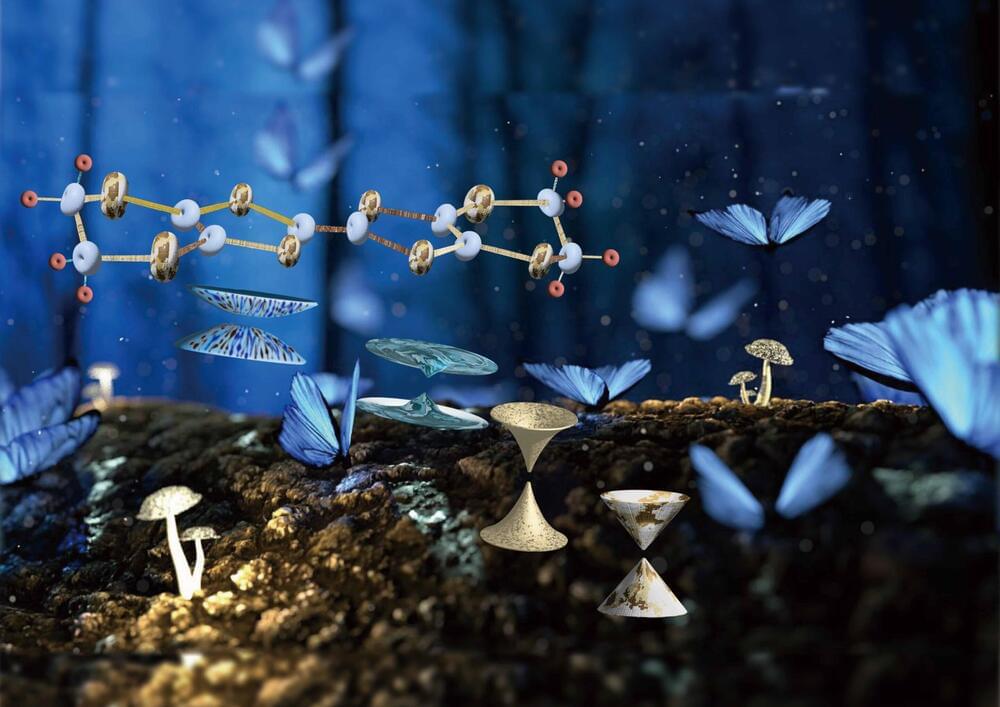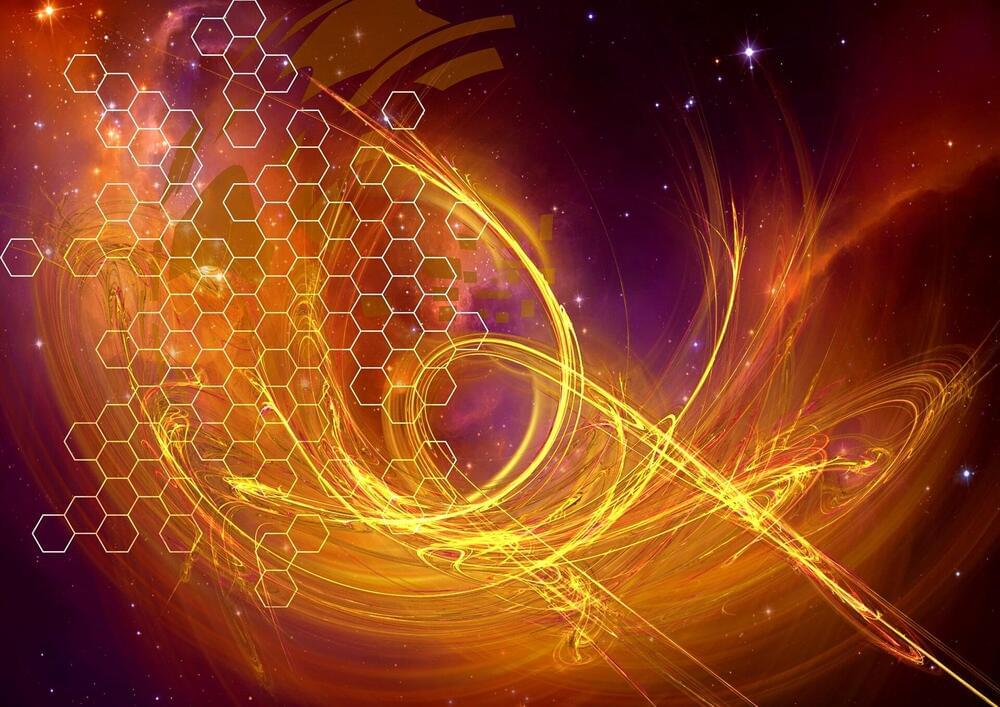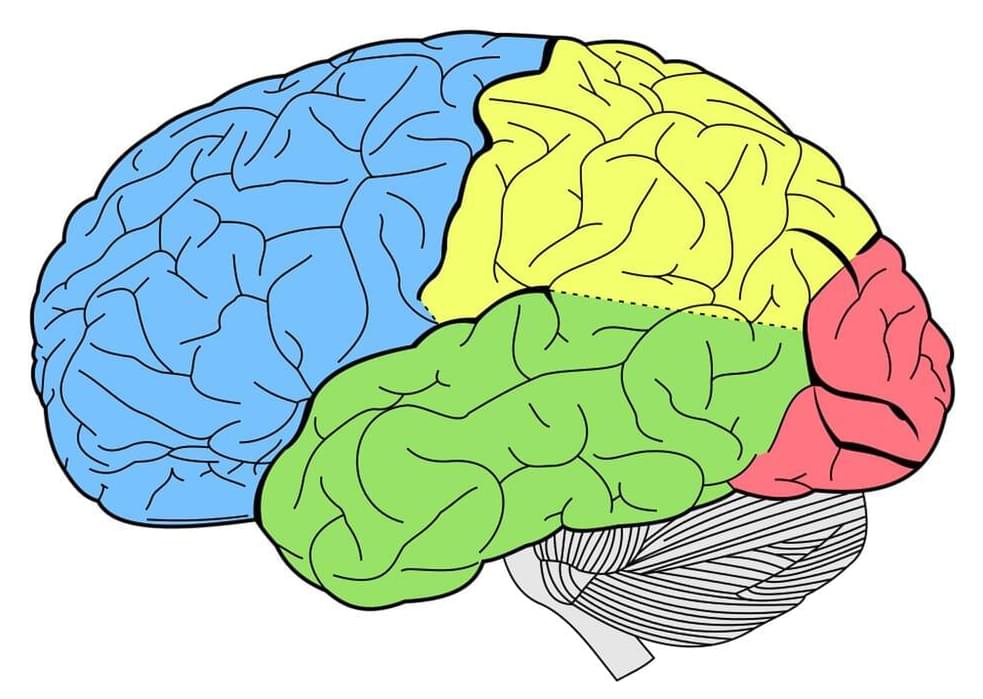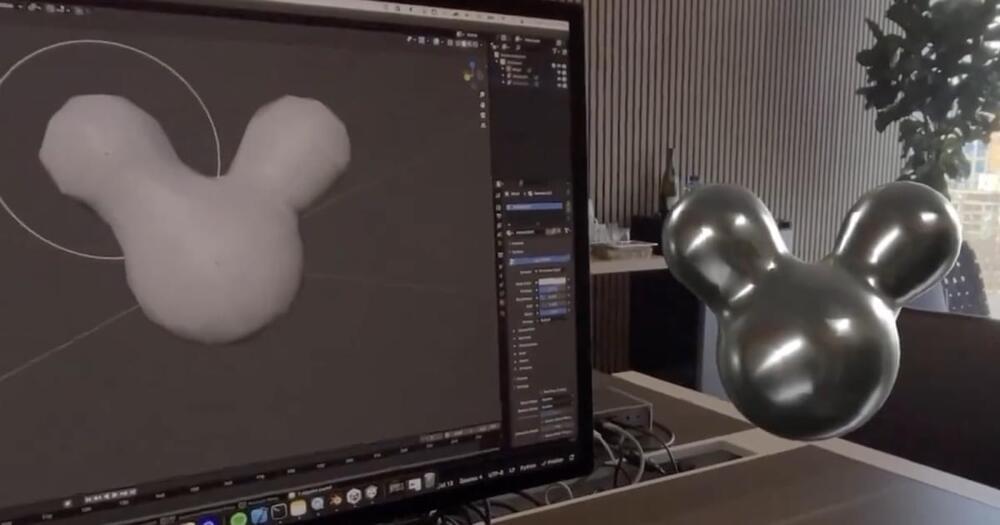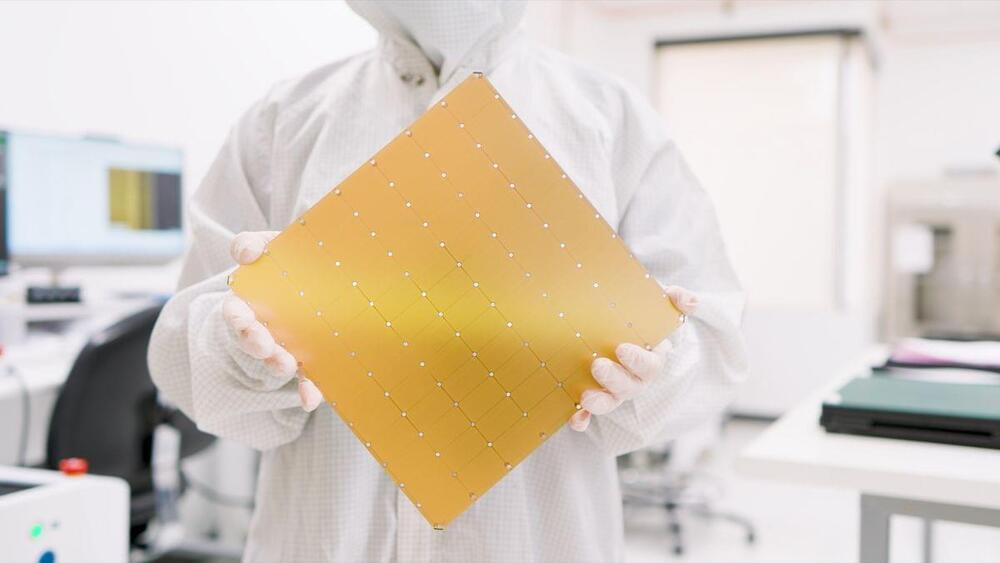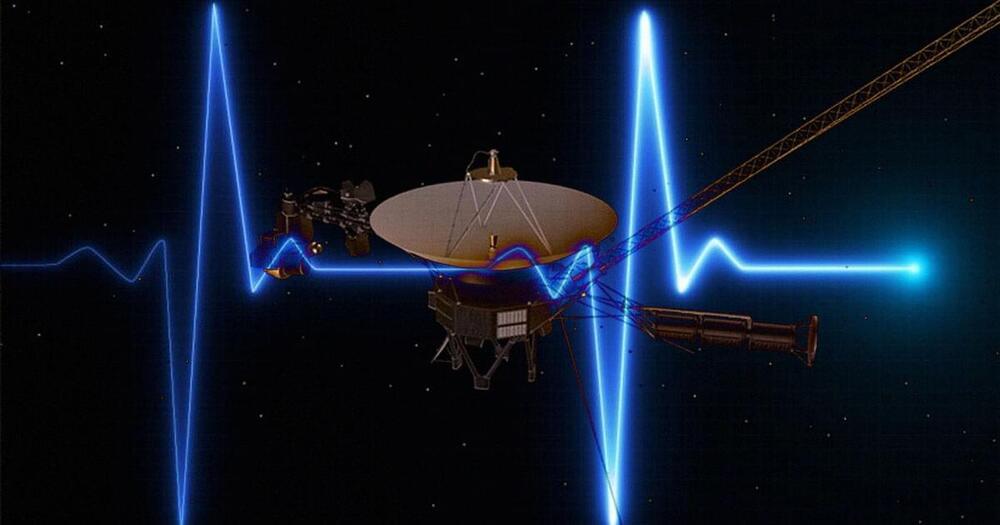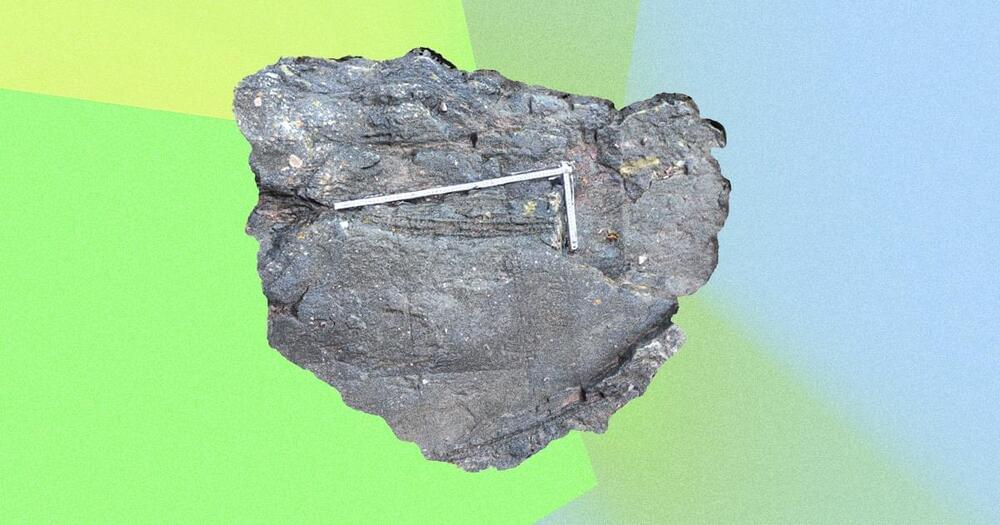“For 12 years I’ve been trying to get back my feet. Now I have learned how to walk normal, natural.”
A paralyzed man is walking again thanks to a “digital bridge” researchers created between his brain and a spinal stimulator.
“For 12 years I’ve been trying to get back my feet,” the 40-year-old Dutch man, Gert-Jan Oskam, told reporters on May 23. “Now I have learned how to walk normal, natural.”
The patient: Oskam was living in China in 2011 when he sustained a spinal cord injury that left his legs paralyzed. About five years later, he had a spinal stimulator implanted below the site of his injury as part of a clinical trial in Switzerland.

